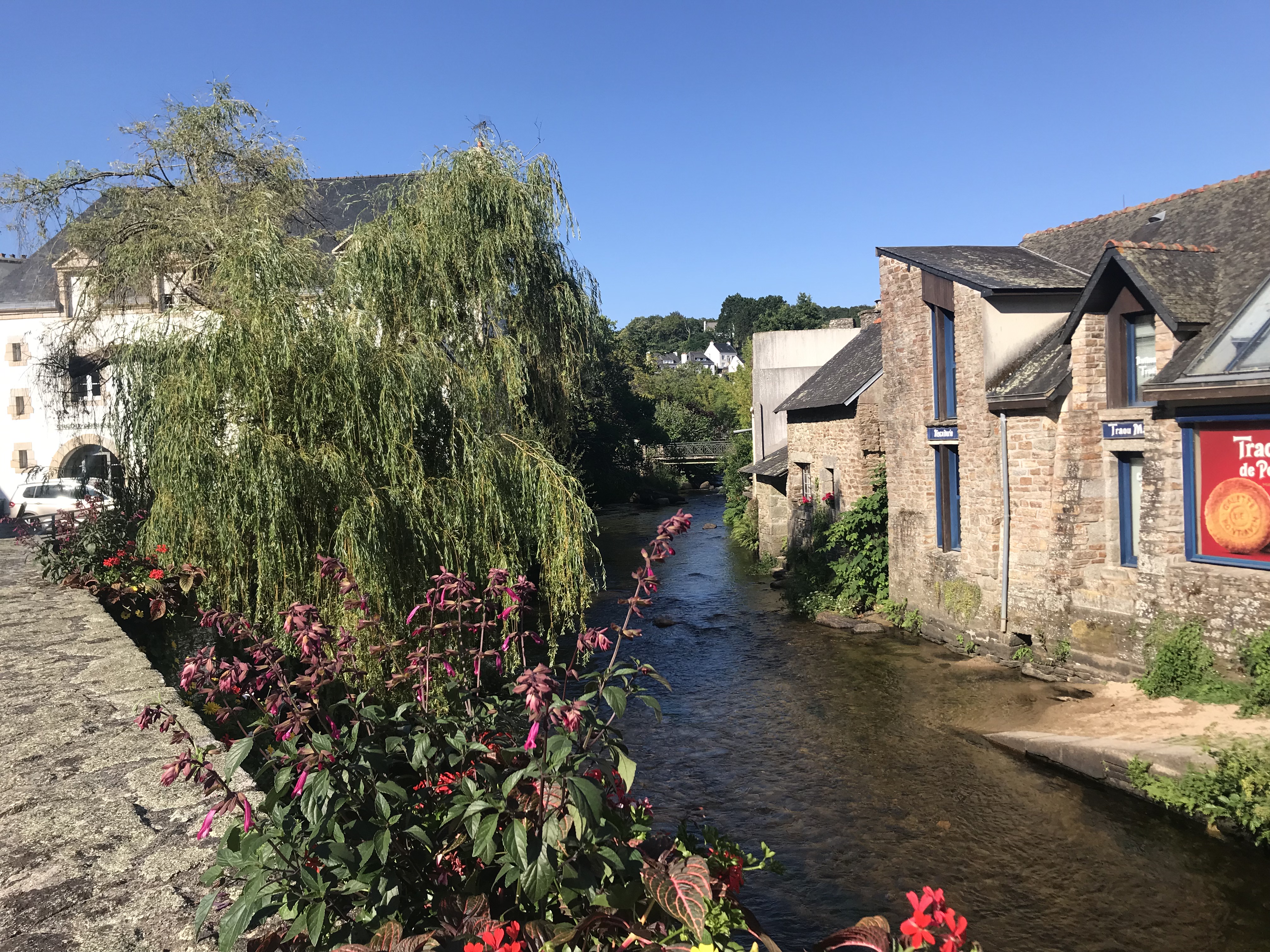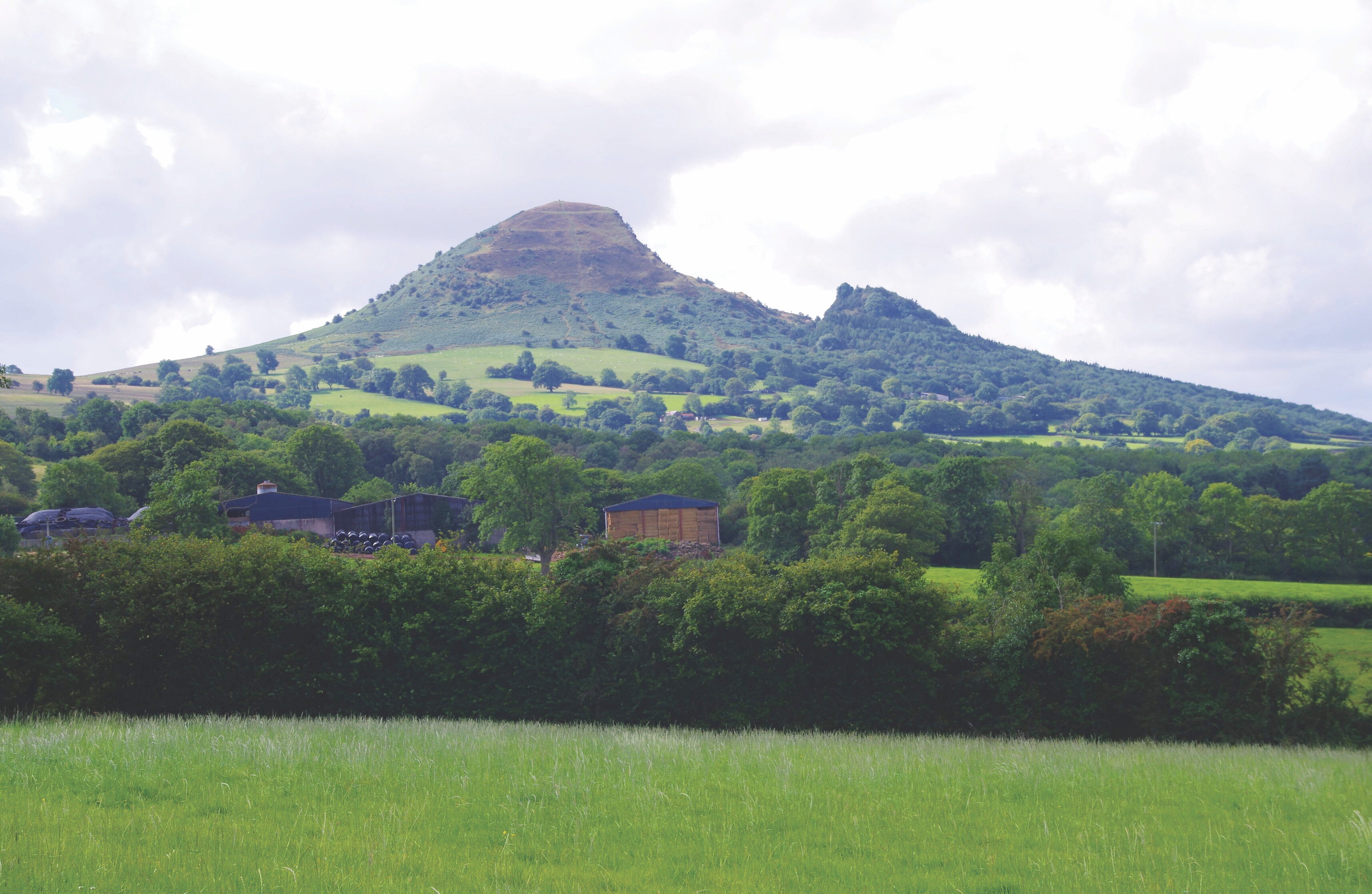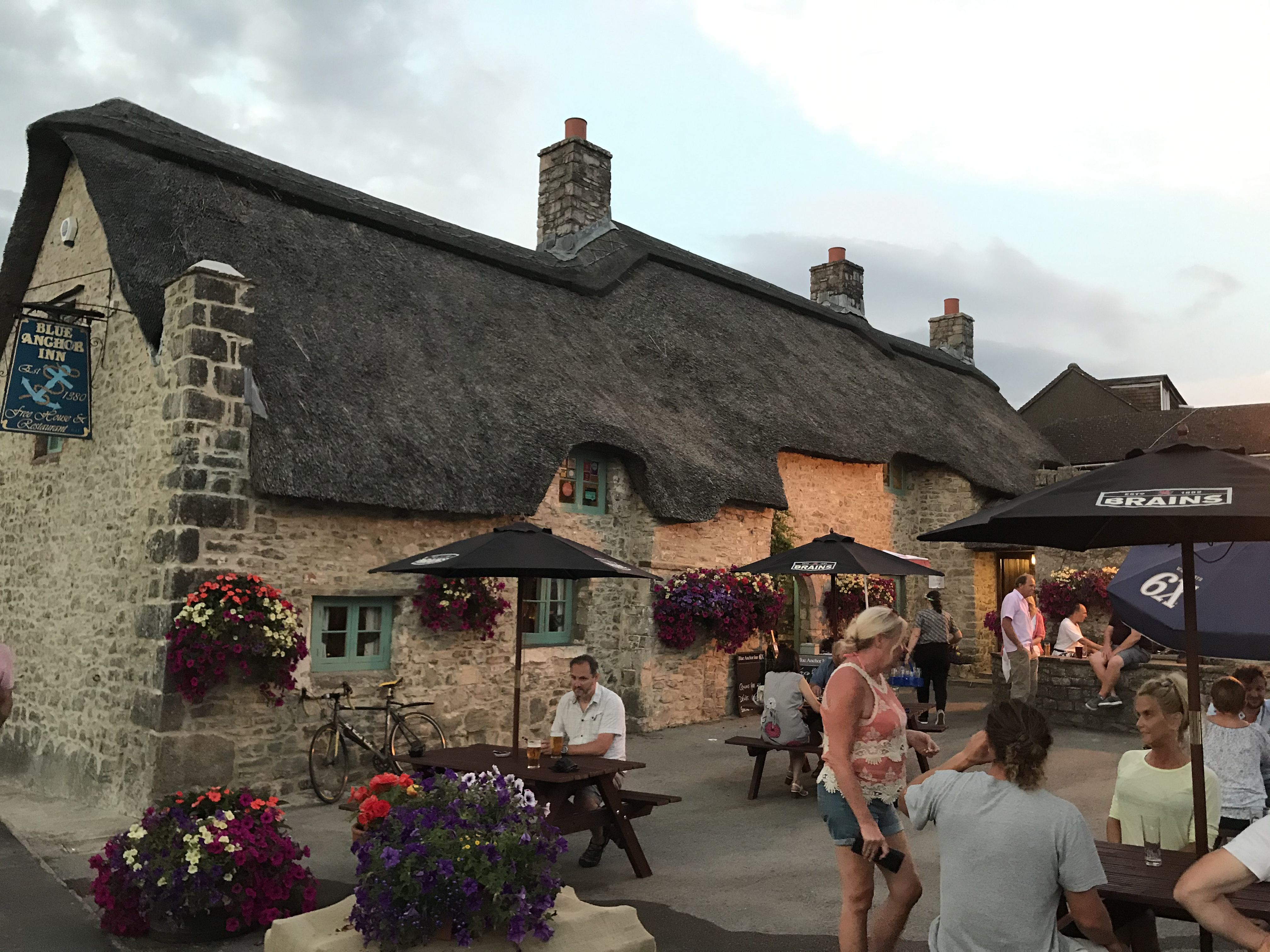

It has been raining so hard for so long here in Wales lately that I’m beginning to forget that it ever wasn’t raining. A depressing prospect for someone who loves nothing more than taking a walk around some local, historic monuments or sites of historic or legendary interest. Without having to wipe raindrops off my glasses to be able to appreciate them.
But of course we had a glorious Summer last year. So, the time has come to start looking forward and thinking about what we are going to do when weekends start to get warmer and dryer. When it stays light well into the evening.
To that effect I am planning a programme of history walks and talks this summer which I am inviting you to join me on. The plan is that they will all incorporate the following magical ingredients:
- Walks of between 4 & 6 miles for various abilities
- Start times around 9:00am
- Beautiful Welsh countryside
- Places of historical interest
- The setting of some of Wales’ most wonderful legends and folklore
- An author and broadcaster of Welsh history and other experts to tell the stories, sing the songs and bring them to life
- Some weather (not necessarily sunshine, but definitely something!)
- Some fun and laughs along the way
- Always ending up at a pub for lunch and refreshments.

This is roughly how the progamme is likely to look, but at this early stage it is subject to change:
History Walks and Talks in the Vale | May 2024
- Saturday 4th May: Southerndown – Dunraven – St Brides – Ogmore Castle – Ogmore Estuary – The Three Golden Cups.
- Saturday 11th May: Llantwit Major Square – The Castle Ditches – Collhugh Beach – Tresilian Bay – The Olde Swan Inn
- Saturday 18th May: Monknash – Wick Beach – Nash Point – St Donats – The Plough & Harrow
- Saturday 25th May: Dinas Powys Square – St George Woods – The Iron age Fort – Salmon leaps – The Star Inn
- Bank Holiday Monday 27th May: St Athan – Berkerolles Tombs – East Orchard Castle – Boys Village – Gileston Manor – The Roost
History Walks and Talks in Bridgend | June 2024
- Saturday 1st June: Ogmore Castle – Merthyr Mawr – Candleston Castle – Dipping Bridge – The Pelican in her Piety
- Saturday 8th June: Coity Castle – Coity Common – Hendre – The Five Bells
- Saturday 15th June: Llangynwyd Village – Llangynywd Castle & Woods – Gelli Lenor Fawr – The Old House Inn
- Saturday 22nd June: Blackmill – Primaevel Woods – Mynydd Y Gaer – Peterston Super Montum – The Fox and Hounds
- Saturday 29th June: Kenfig Pool – Sker House – Kenfig Castle – Mawdlam Church – The Prince of Wales
If there is enough demand, I may well add further walks in the other counties of Glamorgan. Namely Cardiff, RCT, Merthyr Tydfil and Caerphilly through July and August. As well as a pilgrimage walk I am planning from Llancarfan to the shrine of St Baruc on Barry Island on his feast day of Friday 27th September 2024. So watch this space.
In a nutshell, if you love history, and you love walks, pubs, South Wales and chirpy banter – then you’ll probably enjoy these walks.
If you would like to come along, tickets with be on sale soon for £10 per walker per walk, and will be available from this site and Eventbrite.
Over the coming weeks I will be doing risk assessments on each of the walks to make sure the routes are suitable but if you do fancy joining me, there are a couple of things you need to take into consideration.
- We will be walking across country on public footpaths rather than just on roads and pavements. There will be mud, puddles, rocks and uneven surfaces. So stout footwear is required.
- Many of these public footpaths require you to be able to climb over gates and styles. Dogs (on leads) and push chairs are welcome on these walks but you need to be prepared to lift them over such obstacles.
- Like any outdoor activity you will need to be prepared for the predicted weather conditions of the day. Waterproofs for rain, sun hats and sunscreen for sunny days and so on.
- Water bottles are essential to keep hydrated on these walks. You may also want energy boosting snacks.
- When I publish the individual walk details they will feature important information to help you decide if the walk matches your abilities. These include distances in miles, the type of terrain we will cross, if the going is easy or tough, and if any climbing is involved. I will also flag any potential hazards such as stepping stones or cliffs. Please read these details carefully before committing to a walk. 🚶
If you would like to be notified when the itinerary is completed and tickets are available, or even if you just want to ask a question, please use the form below:-











































